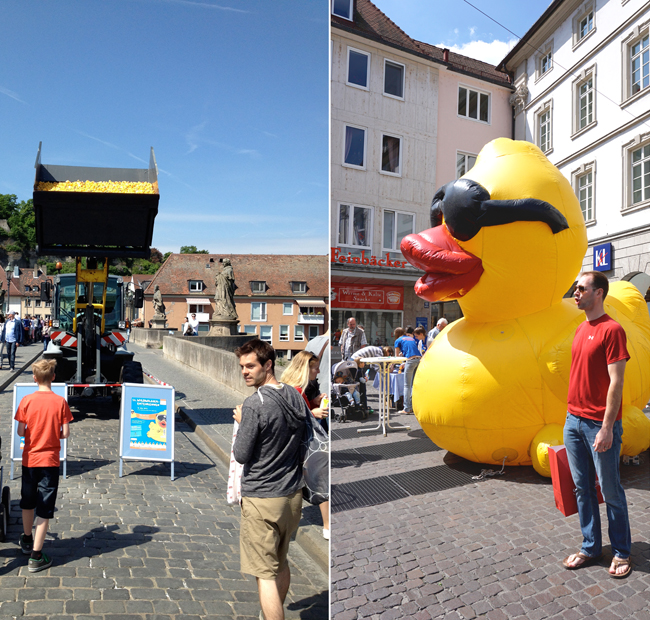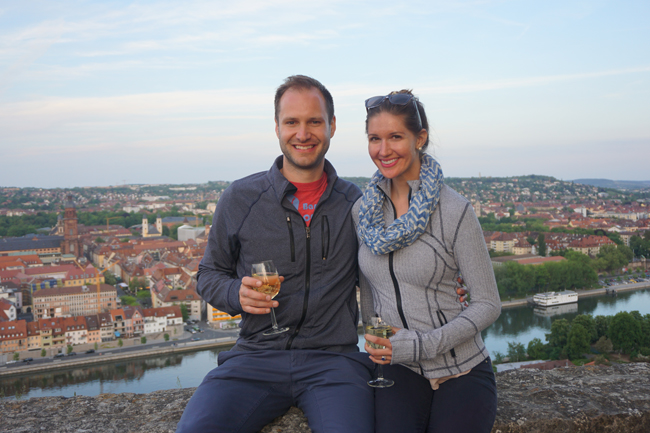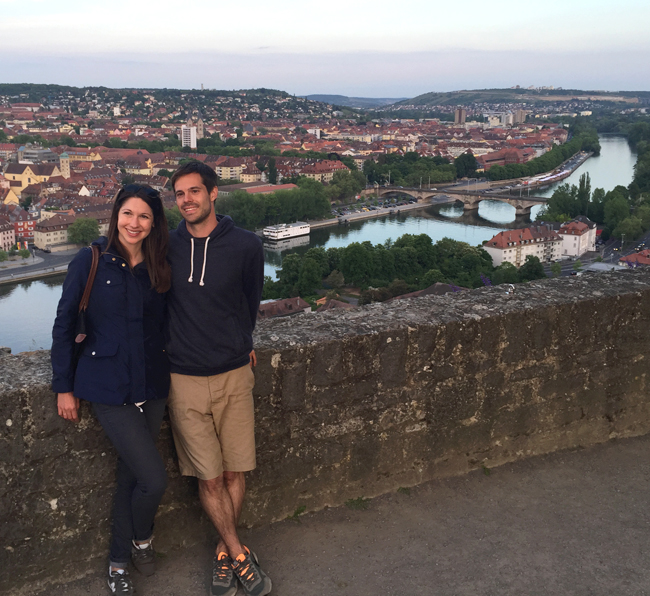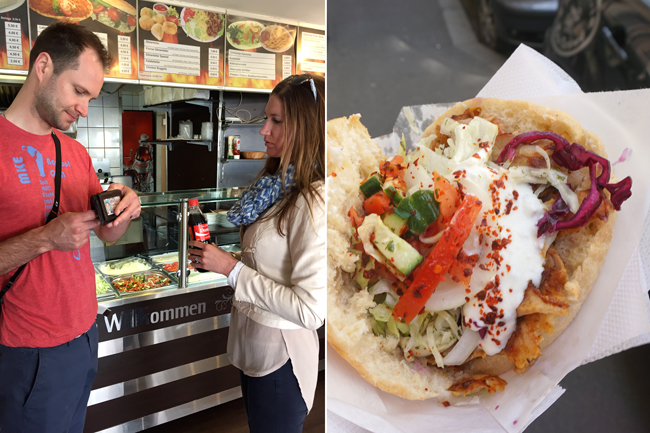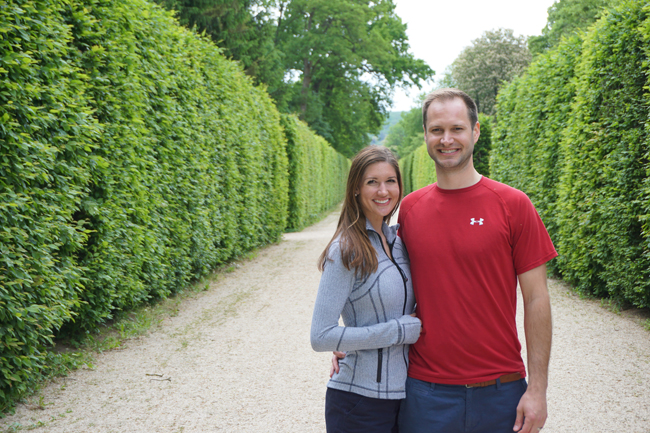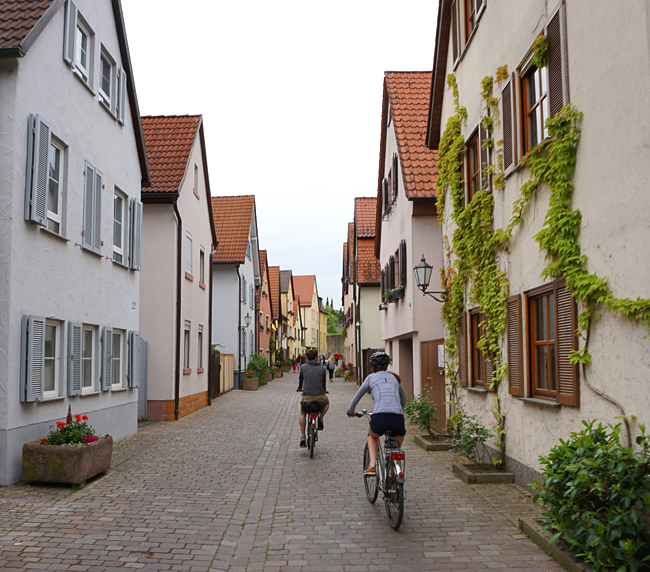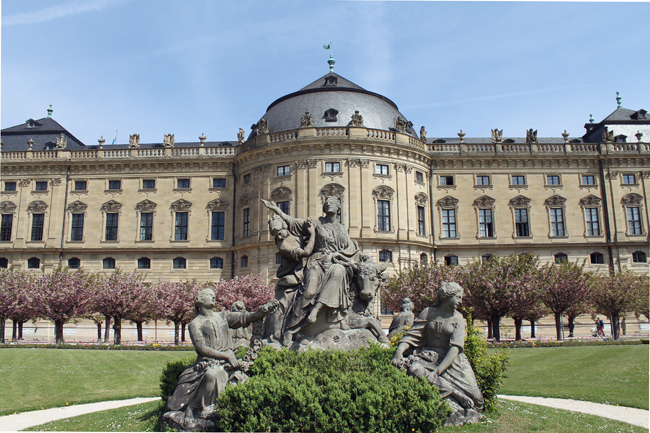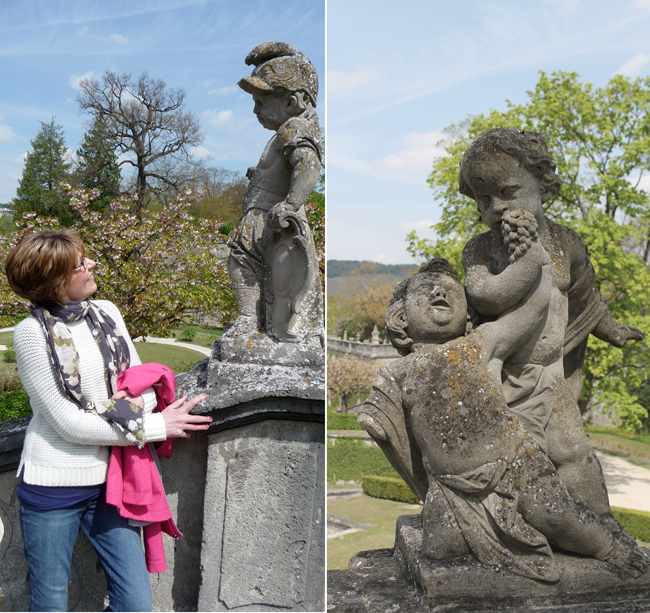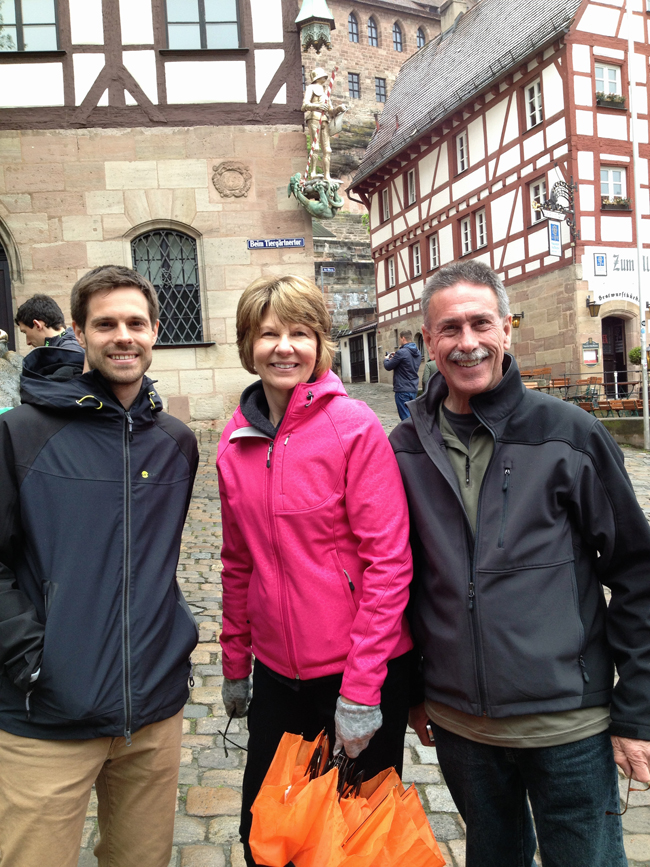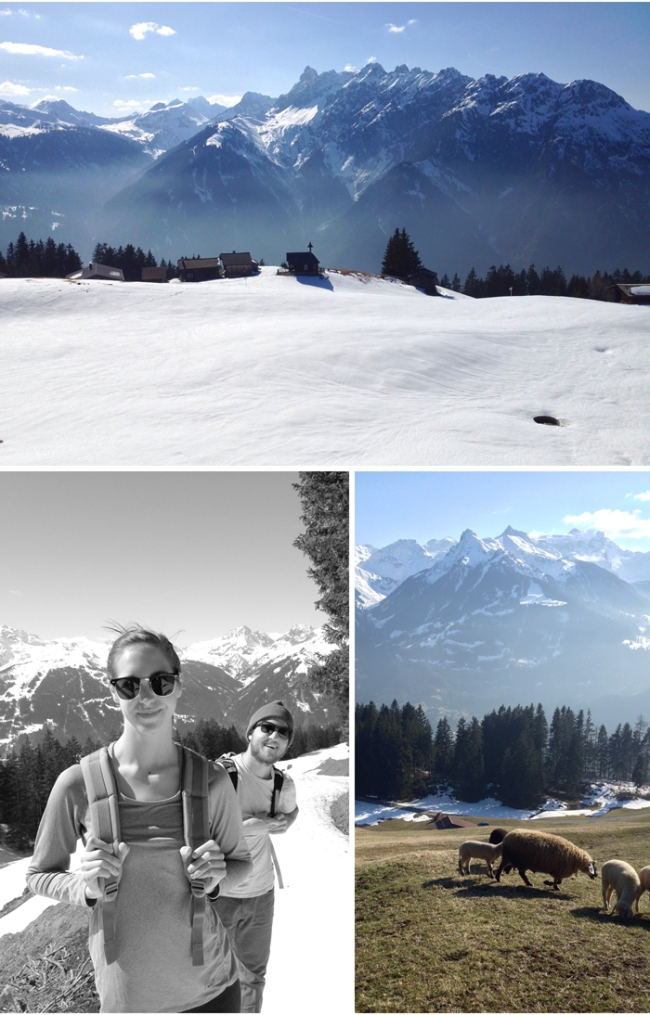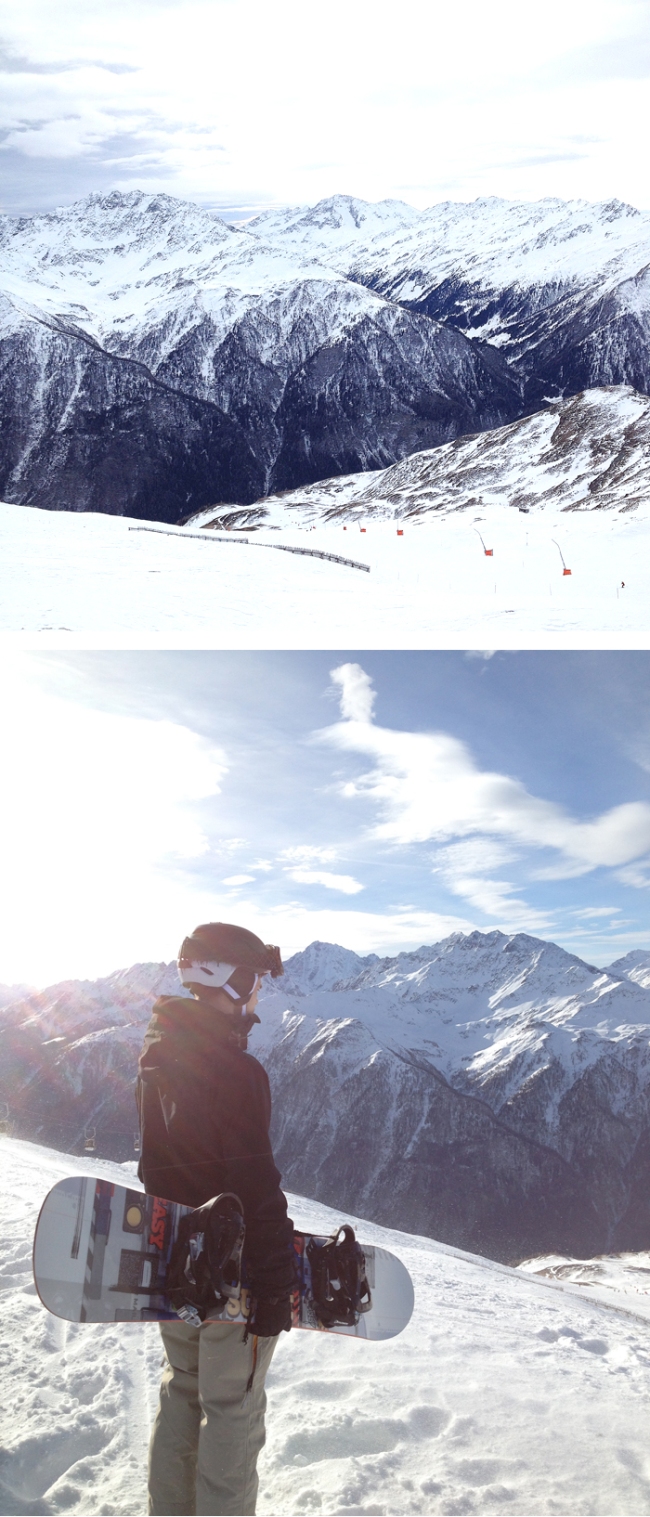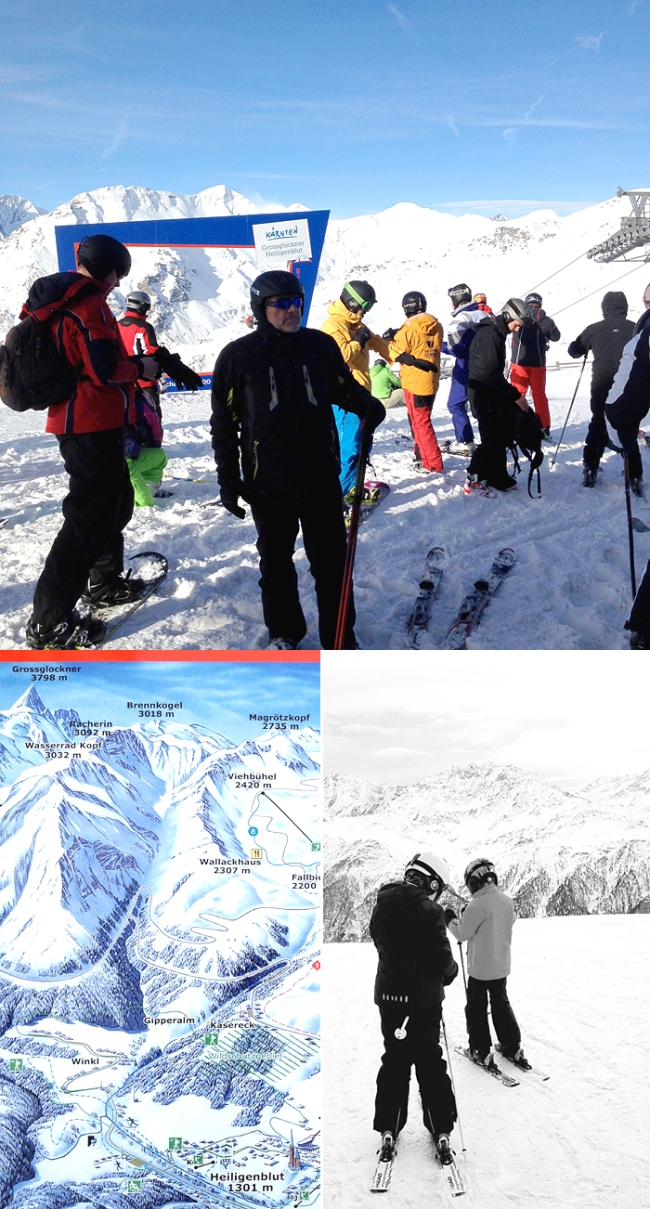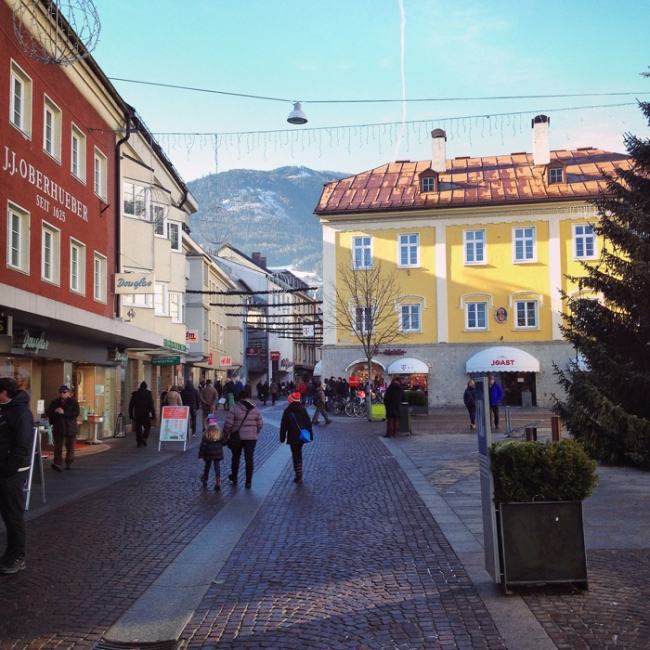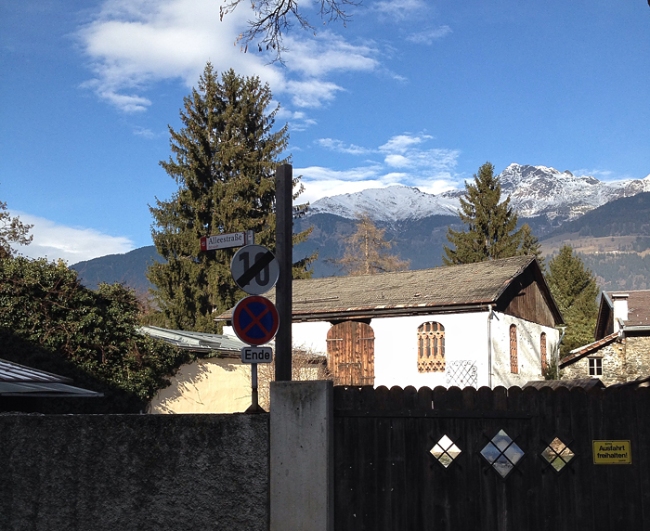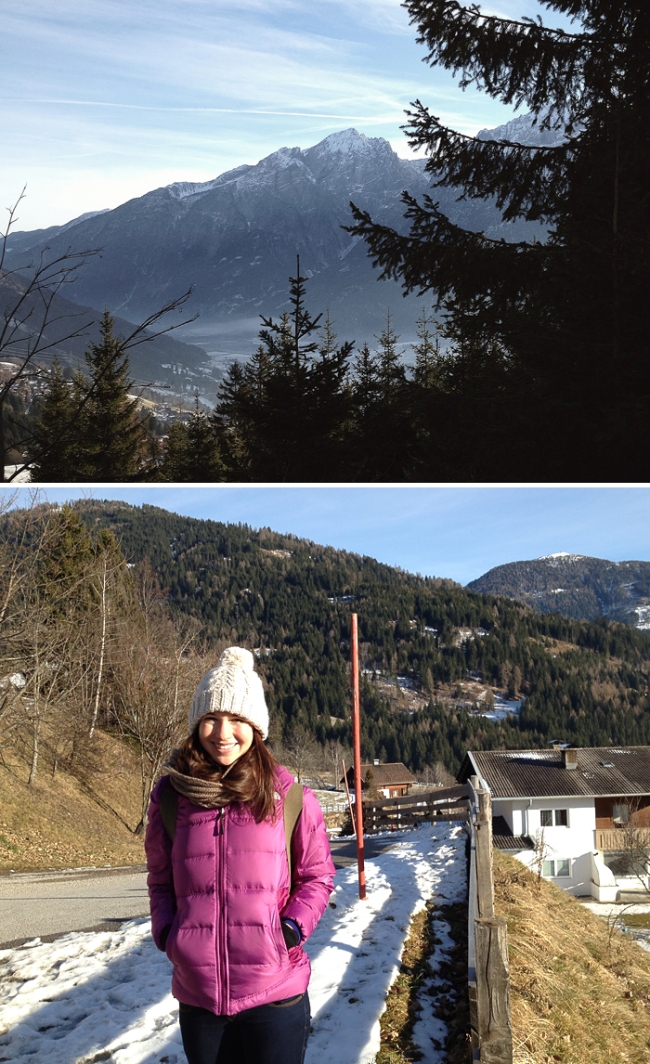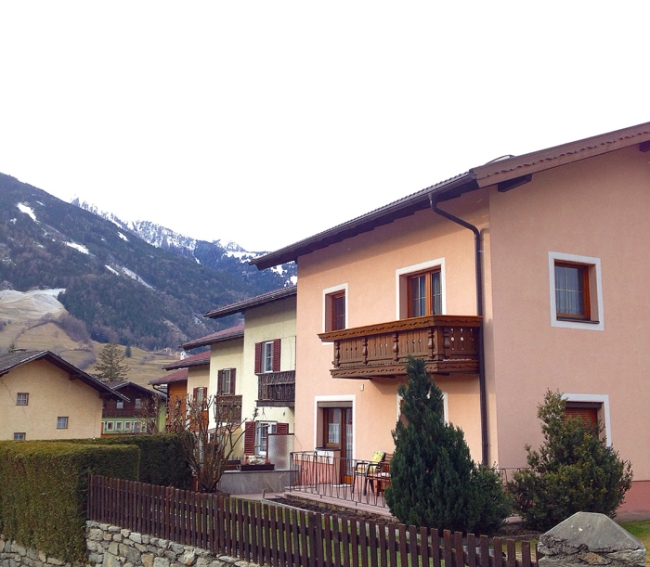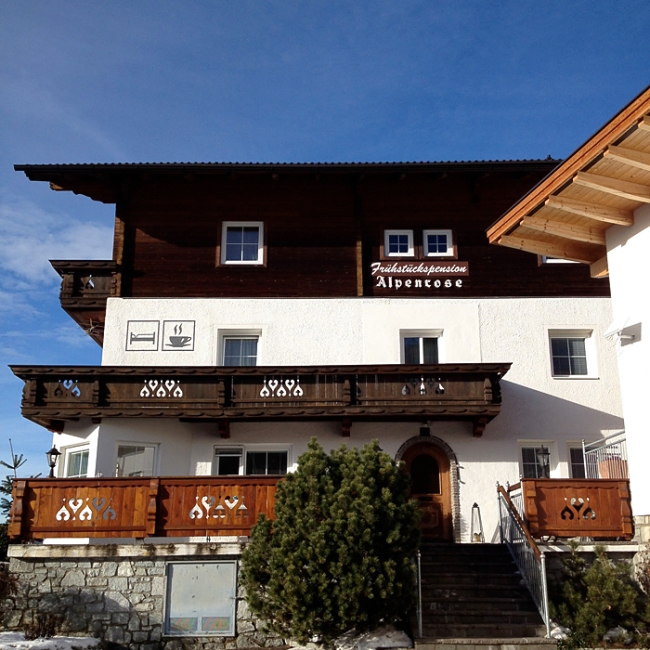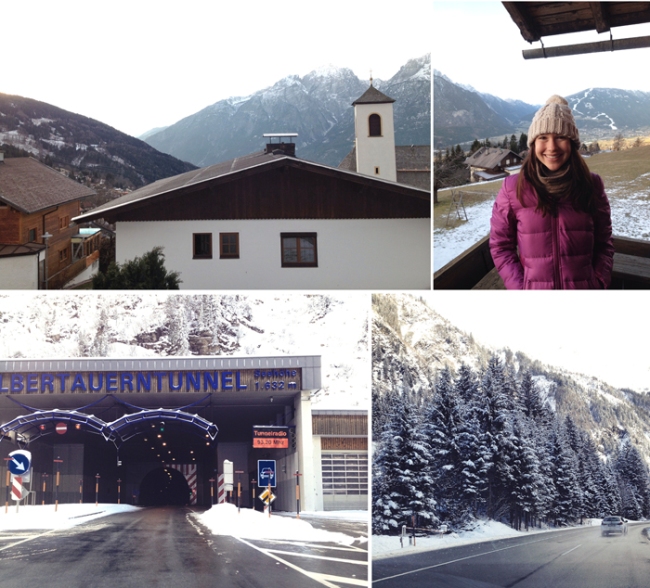We’ve reached our one-year mark of our time in Germany! I’ve had so many ideas for this blog that have never actually made it to press. So here are a few notes about day-to-day life in Deutschland:
How is the job? What does Kate do all day?
People are often curious about two things regarding the expat experience— what work is like for Derek, and also how I spend my time.
Derek enjoys the German office! He likes the work structure and feels his peers are focused and productive. One feature of the German branch is that engineering and testing are located in the same building as manufacturing. It makes for many busy days since any concerns during production come to the surface quickly. Since we moved to Würzburg last year he has played basketball on a city men’s league, and it is a nice balance to his work life.
All of which leaves me with a lot of solo time— And a chance to return to a healthier routine. In the past year the time to myself has allowed me to exercise and cook more, and to return to some creative mediums that I enjoy. During our time abroad I haven’t driven a car, or even had a local phone number; I spend part of each day walking because all of my daily errands are on foot. It is helpful that Würzburg is a busy place with a lot of activity. I love the city and haven’t felt boredom or isolation.
What about the language?
We’ve received some sympathetic looks when we tell people that we speak kein Deutsch ‘no German’.
Surprisingly, language hasn’t been a noticeable barrier. Knowing even the most basic phrases along with the right body language is important, so we focused on those first— Living in a new country without ever using the language would be a challenge. That said, we are grateful for the many Germans who speak fluent English, and for those who are willing to try.
One thing we now realize is how many German words sound like English. We learned during our immersion that Old English descends from the Germanic language.
Derek has exposure to the language everyday at work and has picked up the essentials as a necessity; many of his meetings are entirely in German. His colleagues clarify when needed and their assistance cannot be understated— They have helped us make appointments, track down delayed mail, and even called tech support when we had a glitch with our internet. (And they invite us to their festivals!)
In those instances and in others a more detailed use of language is necessary. Germany is a land of rules and written procedures. We were not able to find an interpreter at city hall while applying for residency, which made the process lengthy. We also pre-translate all written communication for our landlady.
Thankfully, technology has made many things accessible that would otherwise not be: (1) Google translate is a lifesaver when we need to make sense of our bills and mail (2) We would be lost without English navigation on our GPS (3) We can stream radio stations, late night shows, and read the news online. It has also allowed us to live in a bit of cultural limbo.
From daily practice I’ve learned the simplest German phrases (conversationally–still a long way to go!). A German man once pointed out that I know as much Deutsch as his infant grandson. Yes, I imagine that is true. A trip to the grocery store is like a vocabulary lesson; I have mastered all of the fruits, vegetables, and clothing words that one would ever need to know.
It can be an outsider’s perspective. Knowing so little German has improved my awareness of non-lingual sounds. Even the chatter on trains or in restaurants, which at times would be interesting to overhear is something we interpret as white noise and focus on our own experience.

Living on the Euro
The German cost of living is comparable to the USA. However, for us— Americans living on the Euro— an unfavorable exchange rate can be a little rough. Ultimately we re-adjust everything to USD. When we first arrived, we were paying 35% more for our day-to-day expenses and also getting used to a single income. (The exchange rate has since improved).
One thing that makes a positive difference is that some items in Germany are priced lower than in the USA. There are a handful of Aldi-style grocery stores, and in general a high availability of quality, low-priced, fresh food. (And beer. And chocolate.) Fuel is expensive. Clothing and restaurants are about the same.
Here are a few things that we especially like:
Sundays. Throughout Germany, everything is closed on Sundays except for restaurants. So what does everyone do all day? They spend time outdoors, catch up with friends and pursue hobbies, eat ice cream and sip coffee, or go for walks and bike rides. Sometimes museums are also open. In Bavaria, there is a long-standing rule that you are not allowed to wash a car on a Sunday or cut the lawn. It is a quiet day, and we look forward to it each week.

European Butter. This is the real thing. The first time I made something sweet in our tiny German kitchenette, I marveled at the results. Then realized: It’s the butter. The fat content of European butter is a tad higher, but if you are baking it is a miraculous adjustment.
Bread. Germany is a bread-centric country and the bakeries live up to the hype. There are times, and from no apparent direction, when the aroma of fresh bread will linger in the air. We have embraced the consumption of bread in all of it’s glory.

Gummy Land. Thank you Mr Haribo for creating gummy treats in every shape size and color. I first tried the Süsse Mäuse which is a bit like a gummy marshmallow and gained maybe 10lbs. Derek likes the Pasta Frutta. We have reached a middle ground on Color-rado, a mix of gummies and licorice.
Markets. One of my favorite places in the city is the market square, which is a central meeting point for many people. It is a larger farmer’s market on Friday and Saturday with seasonal harvests, flowers, cheese, sausage and honey, it is all so good. During festivals, it expands to an even bigger market.
Our small fridge, Our small apartment.
Our Würzburg apartment has a tiny dorm-size fridge without a freezer. We’ve found that it motivates us to cook fresh and since nothing can get ‘lost’ we are becoming better at using what we have on hand. Produce and dry goods are sold in small standard increments of 250g-1000g, which means that items are replaced more often but need a lot less storage space. It has led to energy savings and a noticeable reduction in food waste.
One benefit to this scenario is that there are several small grocery stores within a 10-minute walk from our Würzburg apartment. I’ve gotten into the habit of picking up a few things every couple of days and that it reminded me that we live the same distance from two grocery stores in our neighborhood in St Paul.
Most Germans live in multi-unit concrete dwellings with comparatively fewer frills. In Würzburg, many of the buildings have the same structure but each is painted a different pastel, sherbert-colored hue.
We aren’t strangers to apartment living, but have learned useful tips on how to live smarter in a smaller space (550 sq ft), and with fewer belongings. We shipped just a fraction of our ‘stuff’ when we moved and had the realization that we miss very little of what is packed up in storage. Minimalism is something that is attractive to me, though I am always trying to be more successful at it. I am looking forward to restructuring when we return to the States.
You can read more about German housing here.

Recycling + Pfand Germany has a detailed recycling system and places to sort and divide all forms of trash. All of the plastic bottles have a .25 deposit (Pfand), the glass goes into public receptacles, and all of the other random plastics go into the Gelber sack, which is on a two-week pick-up schedule. It took me almost 3 months to figure out what goes where, but I’ve got it down now.
The country has a focus on renewables and Germans are generally regarded as eco-conscious. Their recycling practices also stem from pragmatism, there isn’t space for growing landfills.
Trains, Buses and the Autobahn.
Like their cars, German highways are sleek and shiny and have features like perfectly spaced rest stops and emergency phones. Drivers take the rules of the Autobahn seriously and it’s rare to see distracted driving. We have also learned that many areas of the autobahn do have a speed limit, the average being about 120 km/h (75 mph).
Germany’s rail network, the DB Bahn is our preferred mode of travel. We appreciate it’s efficiency– especially for regional travel, cleanliness, and sound design. The Bayern Länder-Ticket is an all-day-pass that allows the two of us to travel anywhere in Bavaria for €23. Though we are train enthusiasts, we also like the long-distance bus service FlixBus/MeinFernbus, which is the most inexpensive way to travel between German cities, and is also clean, comfortable, and widely used.

Walkability. City-dwelling Europeans rely on cars much less and they walk, bike and use public transportation more (Even in an automobile-centric country like Germany). Weather doesn’t seem to have a noticeable effect, there are few empty streets.

Image credit: Hipstery.com
The Germans, their traditions and their courtesies
We’ve enjoyed living among the Germans for the past year. Their cities have a charmingly disproportionate number of bakeries, shoe stores, eye-glass shops and yarnerys— Clearly the core elements of the German lifestyle!
The country has low street crime, no widespread slums or dangerous neighborhoods, and minimal homelessness. And though it is regarded with mixed opinions, as of last year university tuition became free for all citizens.
Germans are known for paying for purchases large-and-small in cash, and it is often the only accepted form of payment. Large international chains will usually accept credit cards that use an embedded chip and pin, and secure bank transfers are the standard payment method for rent and utilities. After many inquires, cash has become our default.
Buildings in Germany are constructed with thick concrete walls, and use radiator heat. In the USA Midwest we would freeze with this type of construction, but it works well in Germany’s temperate climate. However, because the concrete traps moisture, it is every German’s duty to open the windows each day; some rental contracts even require it. It is very different than our wood-framed home with insulation, drywall, and forced air in the USA.
Inside the home, Germans like straight-forward bedding. The standard set-up in homes and hotels is a mattress with a fitted sheet, and small separate duvet for each sleeper (no layering or messy sheets to contend with). Appliances are smaller, and fit compactly within the living space. Many German apartments come with a ‘bare’ kitchen, and renters will typically install the kitchen cabinets and appliances. We were happy to find a furnished apartment for our short stay!
For breakfast, yogurt and muesli is common, paired with a hardboiled egg or a hardroll with meat and cheese. Jam or cheese filled pastries, and Kuchen are eaten outside of the home as a mid-day coffee break, or on special occasions. Americans are used to eating the largest meal in the evening. Typically in Germany, a warm prepared meal is eaten midday, and dinner is often Abendbrot, evening bread. It is a simple slice of bread eaten with toppings of meat, cheese, vegetables or spread.
It is well-known that Germans enjoy letting loose at a good Festival and have strong traditions that nearly everyone partakes in. And one never knows where they will run into a German on the road; They always seem to have a little extra tucked away to fulfill their Wanderlust.
————————————————-
Wanderlust
One of the most famous German words is Wanderlust, and deservedly so– Germans are known for taking long vacations to far corners of the globe. Many of these trips are planned well in advance (sometimes a year or more) in order to take advantage of holiday time off, travel deals, and thorough preparation.
For us, Germany has been a rich country to explore and the location within Europe has allowed us to visit places previously out of our reach. Proximity is a huge factor, Paris to Prague is 200 miles shorter than the distance across one large US state (I recently saw this infographic: The Size Of Texas Compared To The Size Of Europe)
This was not our first time abroad, but it has been our most impactful. International living has done good things for cultivating, or perhaps securing, a strong global perspective in both of us. In all likelihood we will never have the ability to spend this much time abroad again, but anyone who does should embrace it.
How to Move Abroad
People are generally curious about moving abroad. We are by no means experts on this topic. There are many good expat blogs that go into far greater detail on the process of relocating. If it is something you are interested in, This post shares ways to pursue it, and suggests: Work for an international company, teach, study, or work in global service. If you are earning an income, you may need to pay taxes at home and abroad. Germany has a detailed tax system (and we worked part of the year in the USA) so we used an international tax service to help us file both returns.
Things we Miss…
We miss spring thunderstorms, tumble drying our clothes, pleasant tasting tap water, good drip coffee, IPA’s, Chipotle burritos and American diner breakfasts.
Our enthusiasm for Germany hasn’t waned, and though our days seem to go by faster and more routinely we have tried to remain mindful of our remaining time here!
See you all in August! 🙂
Links
Book: How to Be German in 50 Steps A humorous approach from Adam Fletcher and C.H.Beck
9 Ways to Make Living Abroad A Reality (from Margo, an American expat in Heidelberg)
How We Afford to Live in Europe (from Katie, an American expat in Berlin)
Why Germans Pay Cash for Almost Everything
Subsidies that Work; or, Why is Good Food So Cheap in Germany(…)
(from Tom Pepinsky, Associate Professor of Government, Cornell University)
——-
A Guide to German Housing The German Way
The Complete Guide to Working in Germany (pdf)
German Taxes ABC’s (pdf)





